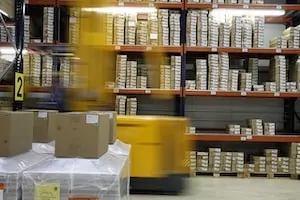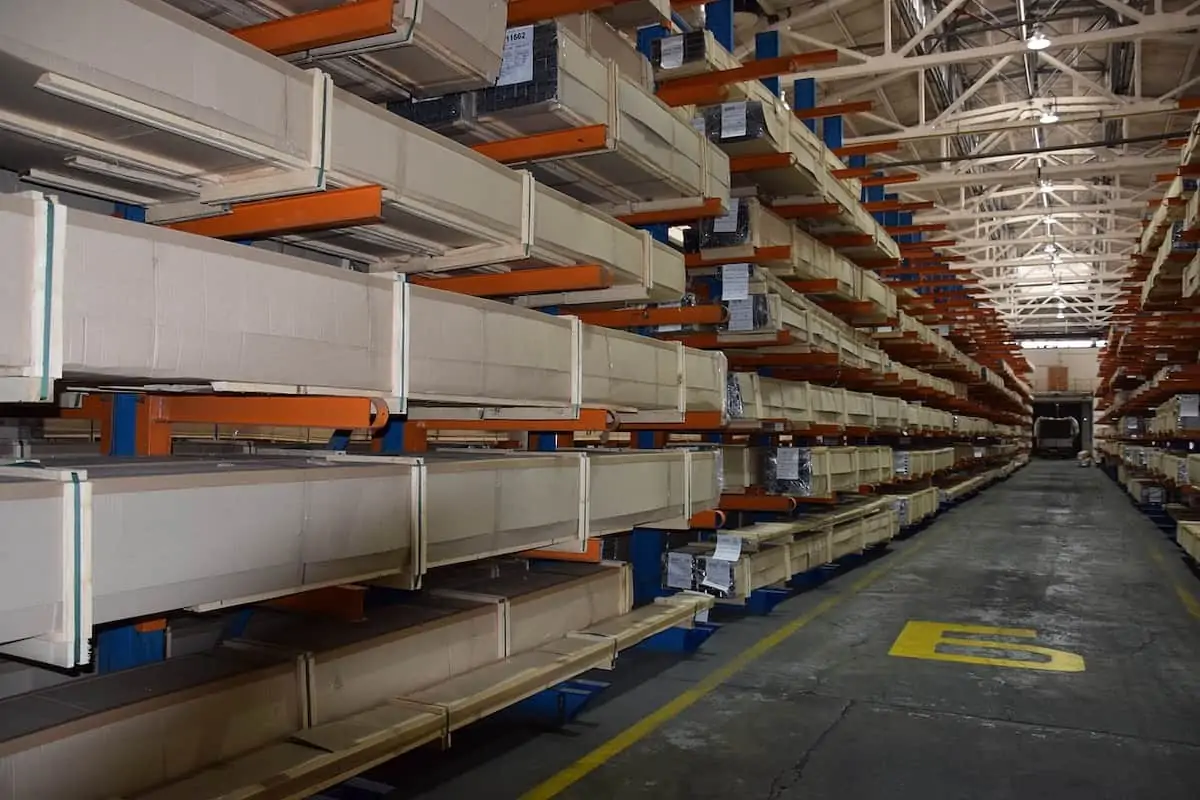People who do not work in Supply Chain may hear the terms Fulfillment and Replenishment and consider that they mean the same thing.
Interestingly many people who do work in Supply Chain consider the terms Fulfillment and Replenishment to be synonymous.
I have worked in many different industries and all around the world but the place where I heard these terms used most frequently was in Retail.
Given that there is some ambiguity in the understanding of these terms it makes sense to provide the distinction.
What is the difference between Fulfillment and Replenishment?
Definitions
According to dictionary.com one of the definitions of Fulfillment is “the process or business of handling and executing customer orders, as packing, shipping or processing checks.”
Replenish is defined to as “to fill again or anew”, also according to dictionary.com.

In essence these simple definitions capture the essence of these terms. But what does that mean in terms of the Supply Chain?
Fulfillment
Aside from the demand planning, customer order management, and supplier order management activities associated with Fulfillment most people traditionally think of Fulfillment in the context of the Warehouse or Distribution Centre.
In a Warehouse all of the activities involved in sending INITIAL orders to Customers or Channels are considered Fulfillment. Whether the order is sent to an end consumer, another company, a Retail store, a Manufacturing facility or another Distribution Centre, the process of sending product to that customer is Fulfillment.
Fulfillment can also be viewed in terms of orders being shipped inbound from suppliers to your Warehouse, in addition to orders being shipped outbound to customers from your Warehouse. Everyone is fulfilling new orders for someone.
An effective Fulfillment process is essential to ensure your customer’s first experience is positive. We cover World Class Fulfillment speed and efficiency principles in our article “From Click to Ship in 4 Minutes!”
Replenishment
Replenishment is also an order management activity but it is restricted in definition to that of sending ADDITIONAL material, in addition to that which has been initially fulfilled.
If you need more material from your suppliers you will send them an order to replenish your supply. If you need to move more material within your Warehouse to different storage or processing locations so that they are positioned to fill orders, that is Replenishment. And if your customer or channel wants more product in addition to what you have already sent then that is also considered Replenishment.
As the definition above states so simply, but eloquently, Replenishment means “to fill again”.
The Significance of the Distinction
Why is it important to label these two terms and make that distinction?
At a very crude level both involve the completion of orders in a Warehouse or Distribution Centre setting. In either case you have to receive goods, store them, pick them, process them, pack them and then ship them.
Fundamentally they do require the execution of several different processes in addition to the similar processes that are involved.
If you are Fulfilling initial demand for goods you are ordering goods based on forecasts or some level of demand planning. When you are Replenishing those goods you are engaging processes associated with Inventory management, re-order points, stocking levels, order lead times, transit times, purchase order changes and more.
In the case of Fulfillment you are sending a customer or channel goods for the first time. If there is any problem with these goods, for instance due to quality issues, the customer may return those goods, In this case they often want replacement items in which case you are now replenishing supply with additional goods and working with the entire Reverse Logistics process.
And the picking and packing management process associated with each of these processes can be very different. If you are Fulfilling orders you may be able to do that in full case quantities or full pallet quantities. In the case of Replenishment you may be satisfying orders requiring significant breakage of package sizes requiring the picking, packing and shipping of individual items in extreme cases.
And as soon as you break open a box a take only one item out to replenish an order then you have to manage a set of processes associated with sending the remaining items in that box back to a stocking location. And whether those broken cases are to be found in stock or as work-in-process there is now increased demand on inventory cycle counting and control processes.
Conclusion
Fulfillment and Replenishment are terms used regularly in Supply Chain. They are not synonymous even though they can involve the usage of many of the same processes in their planning and execution.
The different sources and timing for demand creation and the different processes required to execute them are what make Fulfillment and Replenishment unique.

